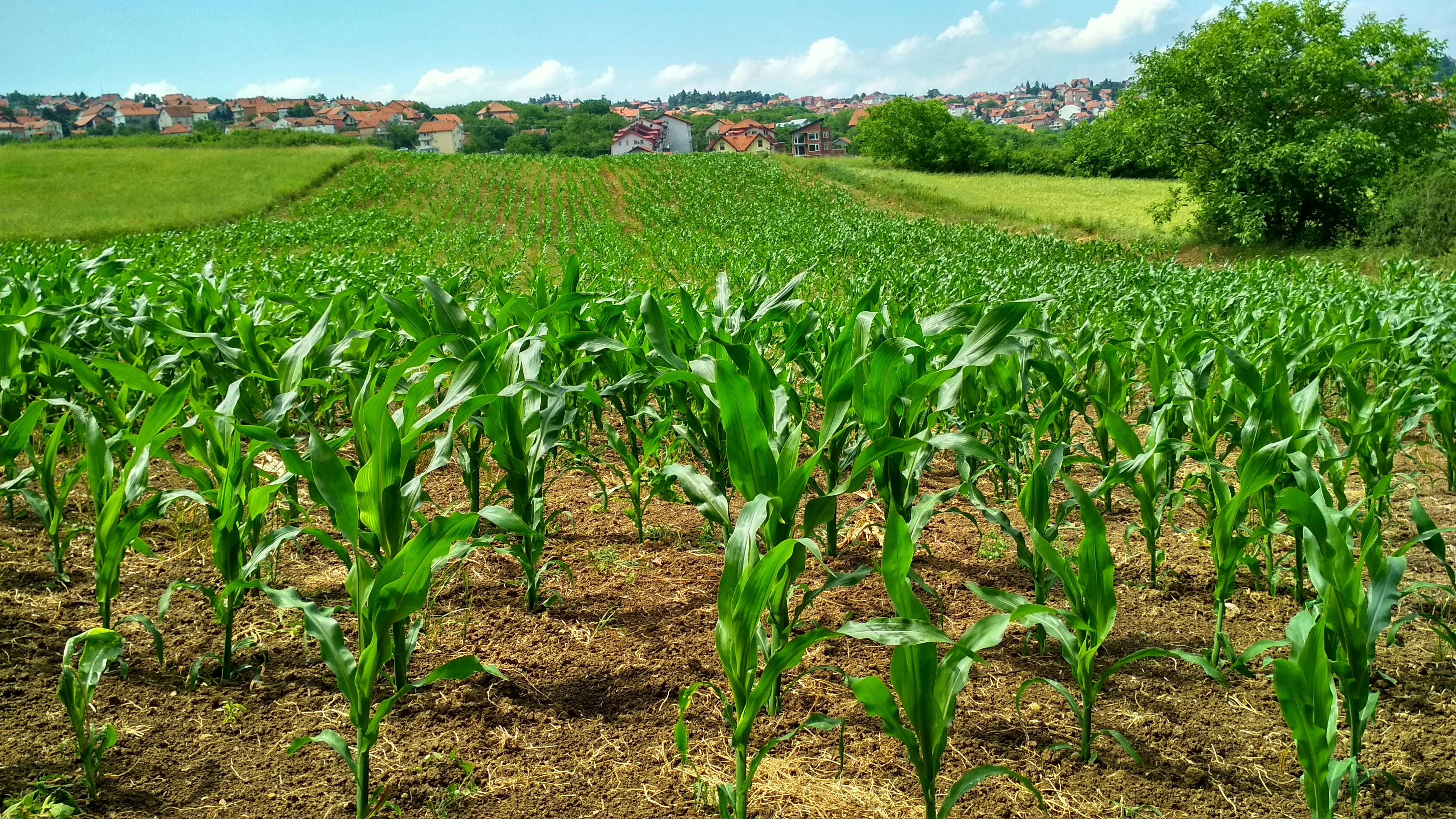The “P” in NPK, phosphorus is an essential macronutrient. Some are concerned it is a problem that needs to be managed, and others say it is so deficient due to its varying bioavailability. First, I will discuss why it is essential, then the problems that can be caused in excess, and finally the opportunities to manage this essential macronutrient.
Essential Nutrient
Phosphorus is a component of nucleic acid in plants, it is necessary for cell division, tissue development, energy transfer and protein synthesis. Phosphorus enables the plant to reach maturity faster, while stimulating root and shoot growth. However, its availability is limited when the soil cools or the pH is not at an ideal range for it to be available. Phosphorus bonds to the soil particles, rarely being found unbonded in nature. In rock phosphate and bone char (two common fertilizer sources) are bonded to calcium. Finally, manure and compost have ample phosphorus, being bound to the nucleic structures left behind in the decomposition process. Ideal pH range for availability is 6.5-7.5, but favor the acidic end of that range. This leads to conditions where phosphorus excess or availability can be a problem.
Excess Conditions
Phosphorus gets a bad rap in the water quality and compliance circles Algal blooms are caused when soil bonded phosphorus washes into waterways. Excess phosphorus will exacerbate this problem. Excess phosphorus also limits plant uptake, as well as having antagonistic relationships with other nutrients in the soil. Levels above 150ppm in the soil will start to lock out iron and other essential micronutrients.
Management Opportunities
Now that there is an understanding of what phosphorus is, where it is valuable, and when it causes problems, here are some opportunities to balance the soil phosphorus levels. Typically, in the fall soil temperature will begin to decrease. Application of calcium, or other products like Soil Mineralizer Plus, will help bond phosphorus to the soil. This product has ample calcium, as well as essential micronutrients, to help bond the phosphorus in the blend. Also, beneficial biology is in the blend which will process the phosphorus further. This product will allow for less spring nutrient application, as nutrients will not leach from the soil column. Common situations where there are high phosphorus levels are operations where consistent application of manure occurs, or where the soil is covered, and minerals cannot leach. Super Plus 3-0-7 is an ideal product for a variety of applications. For example, on alfalfa fields that receive a lot of manure or greenhouse tomato operations where phosphorus tends to be higher. A higher amount of potassium in this blend is necessary for both crops as well. Managing organic matter helps bond phosphorus, making it bioavailable while retaining it in the soil column. Fertrell Bio-Hume and Liquid #3 2-3-1 applied via dripline in the growing season will keep phosphorus available from fruit onset to harvest.
